Life Will Be Hard For Aardvarks
The hotter and drier conditions predicted for the Kalahari Desert will prove disastrous for aardvarks, and for the animals who rely on the burrows they create for their own survival.
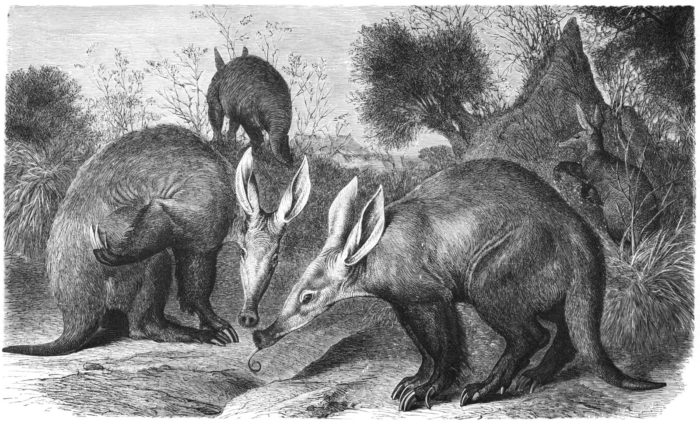 Image: Aardvaark, Orycteropus capensis - Public Domain
Image: Aardvaark, Orycteropus capensis - Public Domain Hot, dry conditions are suspected to be the new norm in some parts of Africa, and this may prove disastrous for the elusive aardvark. A new study in Biology Letters has shown that aardvarks are highly susceptible to the warmer and drier climates that are predicted for western parts of southern Africa, thanks to climate change.
During the study, most of the aardvarks died because of a severe drought, as air temperatures were much higher than normal and the soil became extremely dry. As the world warms and dries, aardvarks (known as one of the “Shy 5” in South Africa’s Kalahari Desert) will become increasingly rare. “While unusual now, those are the conditions that climate change is likely to bring as the new normal,” says Professor Andrea Fuller, director of the Brain Function Research Group at the University of the Witwatersrand, which led the study.
The researchers used the new technology of ‘biologgers’ which are miniature sensors attached to computer chips and implanted into the aardvarks by wildlife veterinarians. This allowed them to study the activity patterns and body temperatures of aardvarks living in the Kalahari. But the researchers were not to know that during the year of their study there would be a severe drought, which led to the death of all but one of the study animals.
“It is not because the aardvark’s body can’t take the heat, but that the termites and ants that they rely on – not just for food but also for water – can’t take the heat and aridity of changing climates,” says Dr Benjamin Rey, the study’s lead author.
Aardvarks usually sleep during the day in burrows that they have dug, and emerge at night, to feed on ant and termites, using their long, sticky tongues to sweep up thousands of insects. However, during the drought, the termites and ants, on which the aardvark depends for body energy, were not available.
“As a result, the aardvarks’ body temperatures fell precipitously at night. The aardvarks tried to compensate by shifting their search for ants and termites from the colder night to the warmer day, so that they would not have to use energy to keep warm, but that was not enough to save their energy stores,” says Dr Robyn Hetem, a co-worker on the study. “We believe the aardvarks starved to death.”
The aardvarks became progressively skinnier and bonier. They tried sun-basking to save energy, but their body temperatures dropped to as low as 25oC just before they died. And worryingly, other wildlife may suffer due to the aardvark’s demise. “Many species of African birds, mammals and reptiles use the burrows dug by aardvarks to escape cold and heat, to reproduce, and to avoid predators. They can’t dig these burrows themselves. Without aardvarks, they would have no refuge. Worryingly, they could face the same fate as the aardvark,” said Dr Rey.
Climate change in southern Africa affects animals through direct effects of increasing air temperature and aridity, such as the reduction of hunting in wild dogs, as described in a previous blog. But the indirect consequences of heat and aridity may be more pervasive. The disappearance of aardvarks, and with them the burrows that they dig, will have knock-on effects for many other animals.

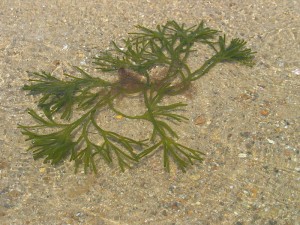
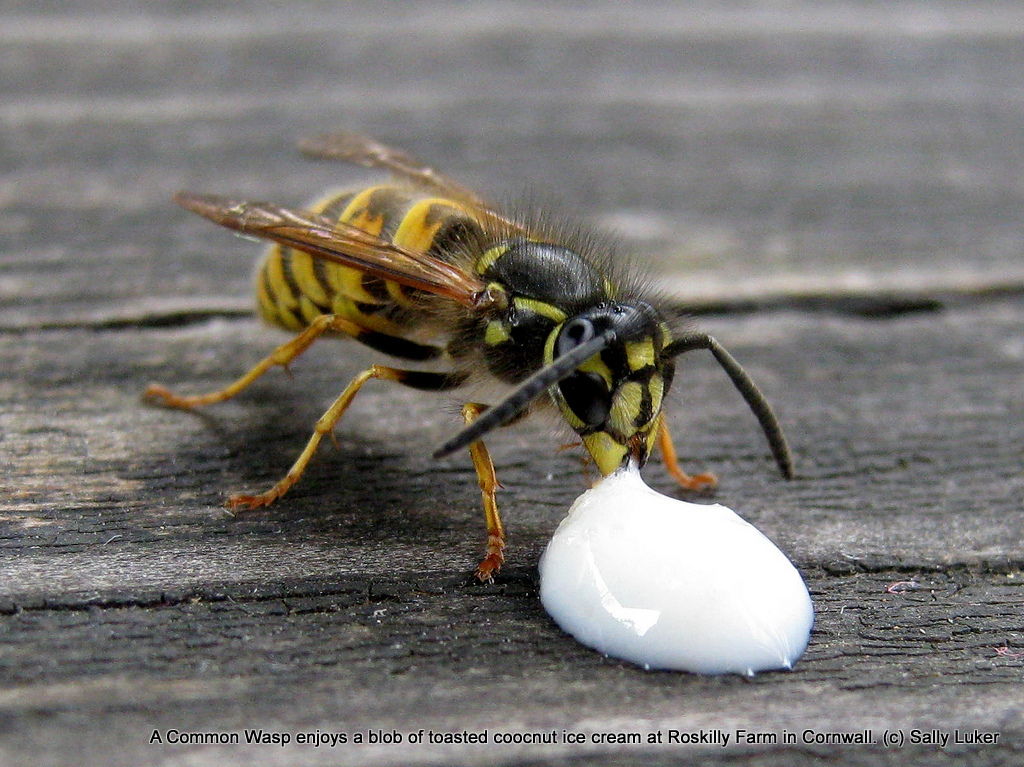
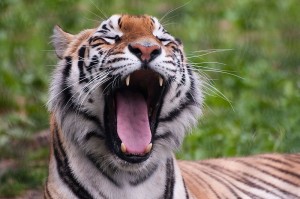
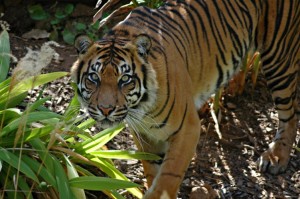
No comments yet.